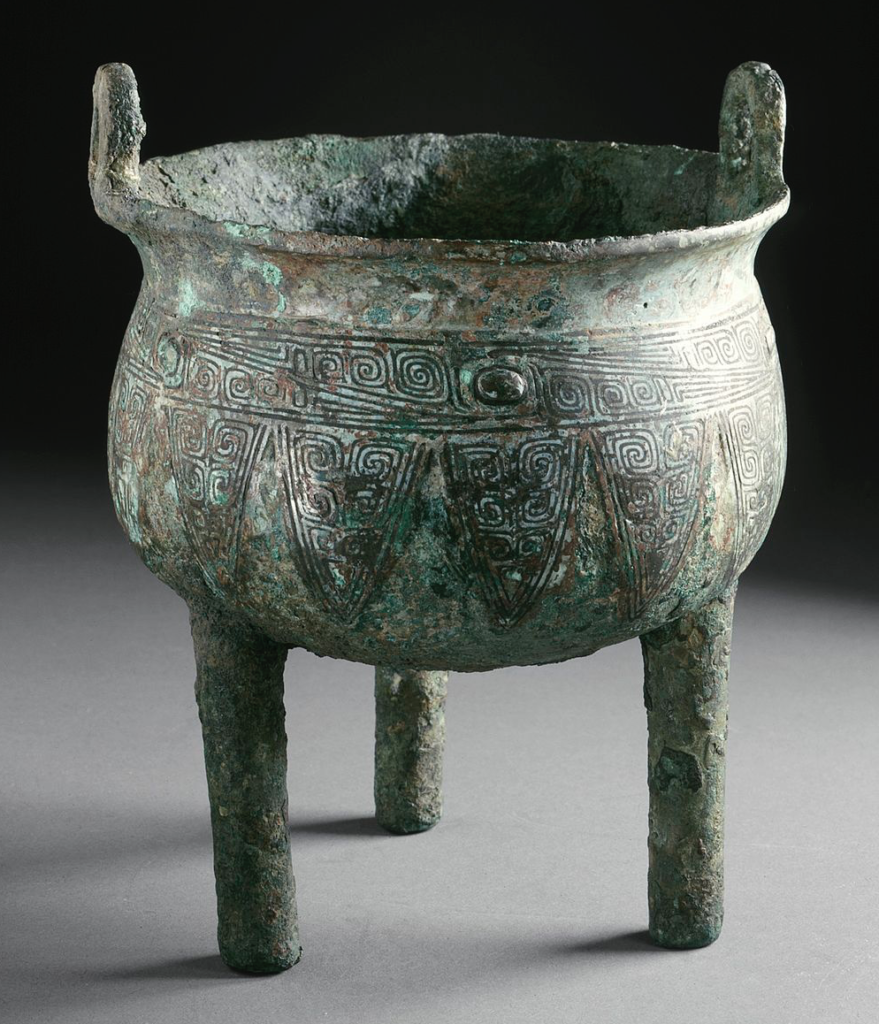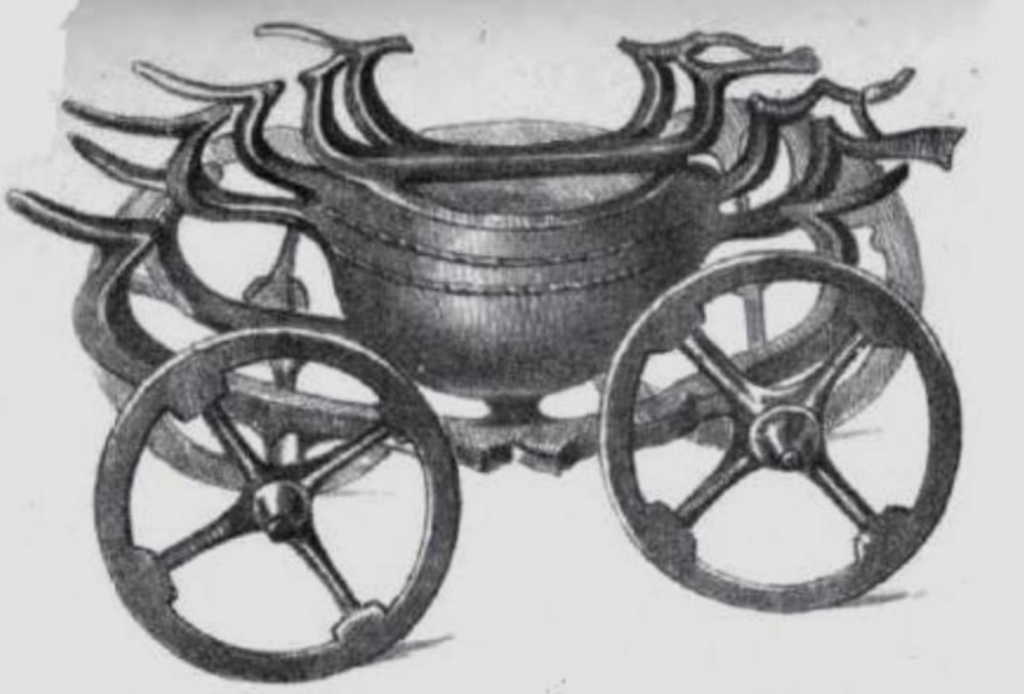
The history of the witches’ cauldron is a long and varied one, with many different interpretations and uses throughout the ages.
Celtic Origins of the Witches’ Cauldron
The witches’ cauldron has its origins in ancient Celtic mythology. The cauldron was seen as a sacred object and was often used in religious ceremonies. In Celtic mythology, the cauldron was said to have magical properties and was used to brew potions and cast spells.
The witches’ cauldron is also associated with the goddess Brigid. Brigid was the Celtic goddess of fire, healing, and wisdom, and the cauldron was seen as a symbol of her power. In some myths, the cauldron was said to have the power to grant wishes and to bestow great wisdom upon those who drank from it.

In The Penguin Dictionary of Symbols (Jean Chevalier and Alain Gheerbrant, translated by John Buchanan-Brown) we learn that there were three types of cauldrons in Celtic literature:
“One is the cauldron which belongs to the god-druid, the Dagda. This is the cauldron of plenty which leaves none unsatisfied. The second is the cauldron of rebirth into which … the dead were cast to come alive the following day. A third type of cauldron was sacrificial. It was filled with wine or beer and in it the king of the old year was drowned…”
A powerful symbol of feminine power, the cauldron has been used by witches and sorceresses for centuries to cast spells and brew potions. It is a source of great power and wisdom and is often used to facilitate transformation and change.

Uses of the Witches’ Cauldron
In the domestic household, the cauldron is a pot used for cooking, often over an open fire. But it can also be used for other purposes, such as to brew healing potions and ointment or cast spells.
As a symbol of transformation, it was believed that the cauldron could be used to transform oneself. It might have also been used to transform other things, such as animals, into something else. In history, women used the cauldron to cross the boundaries between worlds and access the Otherworld.
As for transformation, we see this theme across many cultures. Barbara G. Walker (The Woman’s Encyclopedia of Myths and Secrets) writes:
“The cauldron that effected transformations was the same as the womb that churned out rebirths, changing shape each time. In Babylon it was under the control of the Fate-goddess Siris, mother of stars. Her cauldron was the blue heaven, where she stirred the mead of regeneration.”
Finally, the cauldron has been used to release energy and create change. It is an object of power and can store magical energy.

Cauldron Symbolism
In symbolism, the cauldron represents transformation, change, and new beginnings.
In Man, Myth and Magic (An Illustrated Encyclopedia of the Supernatural, Vol. 3) we read:
“As a symbol of plenty, the cauldron was connected with fertility. Food, and as a result life, came from the cauldron. Certain mythological cauldrons were allegedly capable of reviving the dead. Others were believed to contain a liquid that could confer poetic inspiration on those who drank it…”

It is often associated with the Crone, the Wise Woman archetype, who represents the end of one cycle and the beginning of the next.
In myths and lore, the belly of the cauldron is where the old can be made new again, and the impossible can become a reality.

